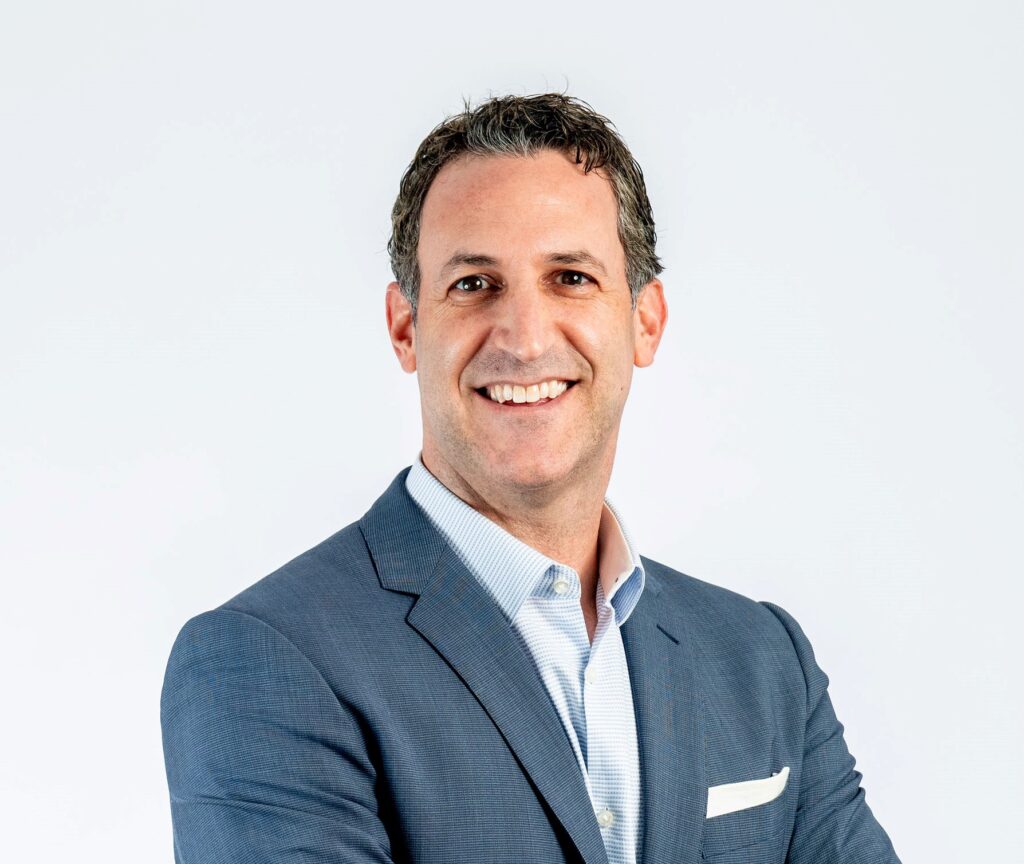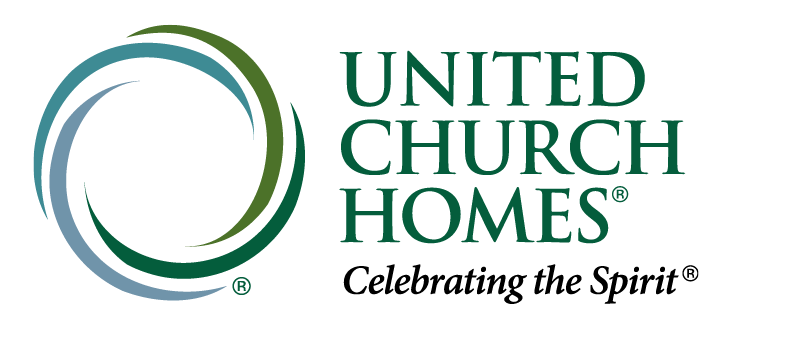Highlights from this week’s conversation include:
- Exercise at any age (0:07)
- The importance of cognitive exercise and social engagement (3:39)
- Vivo’s focus on building strength (5:37)
- The importance of muscle mass as we age (9:24)
- It’s never too late to regain strength (10:49)
- Starting small (16:38)
- Building a personalized fitness program (18:14)
- Challenging yourself in exercise (21:13)
- Technology adoption in fitness (22:45)
- Connecting with Eric and Vivo (28:20)
Abundant Aging is a podcast series presented by United Church Homes. These shows offer ideas, information, and inspiration on how to improve our lives as we grow older. To learn more and to subscribe to the show, visit abundantagingpodcast.com.

